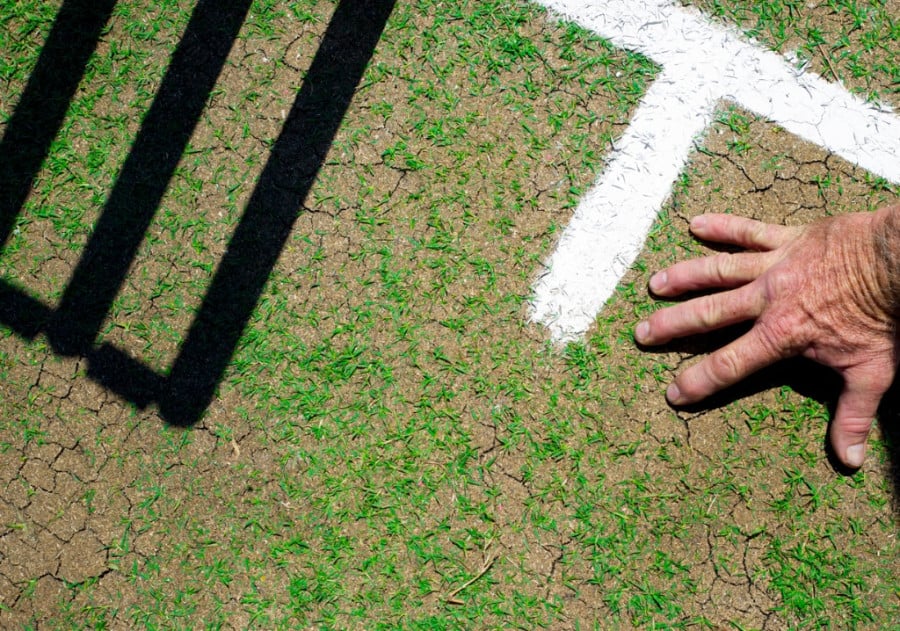India’s Sticky Wicket: What Are The Rules On The Quality of Test Match Cricket Pitches?

The England cricket team’s recent Test series in India has somewhat been overshadowed by a debate on the pitches for the second and third Tests played in Chennai and Ahmedabad, respectively. Numerous experts have criticised the pitches, including ex-England captain, Michael Vaughan[1], who described the Ahmedabad pitch as a “complete lottery on day 2”. Even England’s leading run-scorer, Sir Alastair Cook[2], commented that he could not “work out a low-risk strategy that would have been successful” on the Ahmedabad pitch.
The statistics from the third Test match are particularly telling:
- the third Test was completed inside two days, making it one of only 23 Tests[3] out of over 2,400 played to finish on the second day;
- it was the first time since 1921 that an England team has lost a Test match inside two days;[4]
- spin bowlers took 28 wickets in the match at an average of 8.82 compared to the seam bowlers’ 2 wickets at an average of 62;[5]
- just two batsmen reached a half century of runs (Rohit Sharma and Zak Crawley); and
- only one batsman survived more than 100 deliveries in the entire match (Rohit Sharma).[6]
However, despite the criticisms of the pitches in Chennai and Ahmedabad, both venues have been rated by Javagal Srinath, the match referee for both Tests, as ‘average’ and, as a result, have avoided ICC sanctions[7] (details on the rating process and sanctions are laid out below in this article). Given the criticism and statistics above, this raises a number of questions, including (a) when will a pitch will be considered poor enough to warrant the imposition of sanctions and (b) should all matches that are concluded within two days be put forward for an automatic review by the ICC?
This article explains the standards that venues must meet when preparing Test match pitches and the consequences for failing to meet these standards. It will do this by considering:
- The ICC rules on pitches;
- The pitch review process;
- Sanctions for poor pitches; and
- The appeal process.
To continue reading or watching login or register here
Already a member? Sign in
Get access to all of the expert analysis and commentary at LawInSport including articles, webinars, conference videos and podcast transcripts. Find out more here.
- Tags: Cricket | England | ICC | ICC Pitch and Outfield Monitoring Process | ICC Test Match Playing Conditions Regulations | India | Laws of Cricket | Regulation & Governance | Sports
Related Articles
- Restoring a fair balance: Should the MCC do more to regulate the size of cricket bats?
- “Sandpapergate” - Is the ICC doing enough to combat ball tampering in cricket?
- Indian sports law update: BCCI conflict of interest cases and IPL’s Covid-19 rules
- Match-Fixing In Cricket: A Review Of Shakib Al Hasan’s Sanction For Failing To Report Corrupt Approaches
Written by
Rajiv Samani
Rajiv is a final seat trainee in the London office of Freeths LLP and currently sits in the Corporate Insolvency team.
William Procter
Will is a newly qualified corporate lawyer. He has experience advising both buyers and sellers on M&A in various sectors. He also advises clients on corporate governance matters, such as articles of association and shareholder agreements


 Global Summit 2024
Global Summit 2024